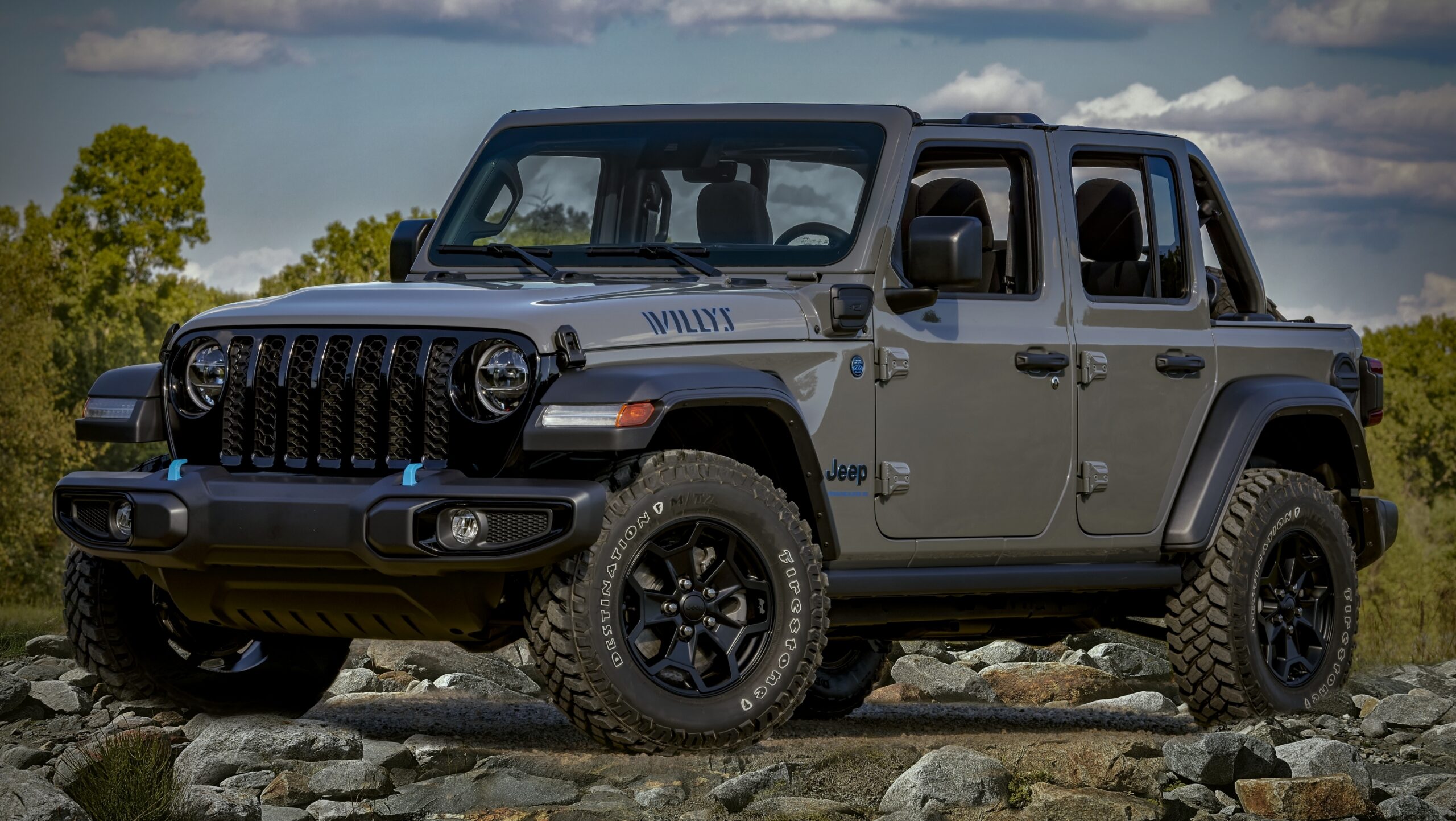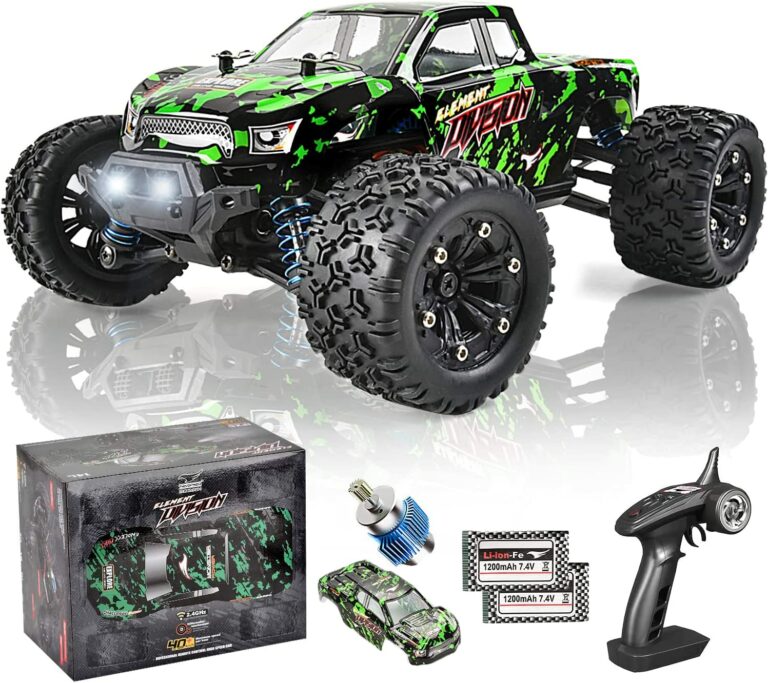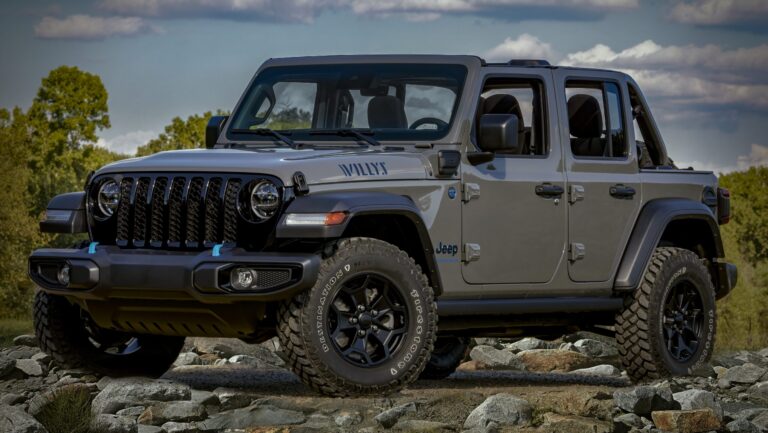Jeep Cherokee 4 Cylinder For Sale: A Comprehensive Buyer’s Guide
Jeep Cherokee 4 Cylinder For Sale: A Comprehensive Buyer’s Guide /jeeps.truckstrend.com
The Jeep Cherokee nameplate evokes images of rugged capability, adventurous spirit, and American automotive heritage. While many immediately think of the powerful V6 engines often paired with this iconic SUV, the 4-cylinder variants of the Jeep Cherokee offer a compelling alternative, particularly for buyers prioritizing fuel efficiency, a lower entry price, or a simpler mechanical setup. For those exploring the market for a pre-owned Jeep Cherokee, understanding the nuances of its 4-cylinder options is crucial. This comprehensive guide will delve into everything you need to know when considering a "Jeep Cherokee 4 Cylinder For Sale," from its various iterations and benefits to essential buying tips and potential challenges.
Why Choose a 4-Cylinder Jeep Cherokee?
Jeep Cherokee 4 Cylinder For Sale: A Comprehensive Buyer’s Guide
Opting for a 4-cylinder Jeep Cherokee often comes down to a balance of practicality and performance. While the larger V6 engines offer more power for towing or heavy off-roading, the 4-cylinder models present distinct advantages for many everyday drivers and light adventurers:
- Fuel Efficiency: This is perhaps the most significant draw. Generally, 4-cylinder engines consume less fuel than their V6 counterparts, leading to lower running costs over time. This makes them an attractive option for daily commuting or long highway drives.
- Lower Purchase Price: Historically, 4-cylinder models tend to be more affordable on the used market. This makes the iconic Cherokee more accessible to budget-conscious buyers.
- Simpler Maintenance: While modern engines are complex regardless of cylinder count, older 4-cylinder designs (like those in the XJ Cherokee) are renowned for their straightforward mechanics, often translating to easier and cheaper repairs.
- Maneuverability and Weight: A lighter engine often means a lighter front end, which can translate to slightly improved steering feel and a more nimble driving experience, especially in urban environments.
- Sufficient Power for Many: For most daily driving scenarios, including highway cruising and light off-roading, the 4-cylinder engines in the Cherokee are perfectly adequate, offering a good balance of power and economy.

Generations and 4-Cylinder Engine Options
The Jeep Cherokee has featured 4-cylinder engines across different generations, each with its unique characteristics and reputation.
The XJ Generation (1984-2001): The Indestructible Workhorse
The legendary XJ Cherokee, celebrated for its unibody construction and robust design, offered a prominent 4-cylinder option:
- 2.5L AMC I4: This inline-four engine, often referred to as the "Iron Duke" (though technically a distinct AMC design), is known for its remarkable simplicity and durability. While not a powerhouse (producing around 120-130 horsepower), it provided adequate propulsion for the lightweight XJ. It’s incredibly reliable if maintained and has a strong following for its ease of repair and parts availability. Many XJ 4-cylinders are still running strong today, a testament to their build quality. They are particularly popular among off-road enthusiasts looking for a budget-friendly and highly customizable platform.
The KL Generation (2014-2023): Modern Efficiency and Technology
After a hiatus, the Cherokee nameplate returned with the KL generation, introducing more modern 4-cylinder engines focused on efficiency and refinement.
- 2.4L Tigershark MultiAir I4: This engine, often the base option, produces around 184 horsepower. It’s designed for efficiency, offering competitive fuel economy for its class. However, it has been known for some common issues, particularly concerning oil consumption and the MultiAir system (which controls valve lift). While many units perform flawlessly, it’s crucial to check service records for this engine.
- 2.0L Turbo I4: Introduced later in the KL generation (around 2019 onwards), this turbocharged engine offers a significant boost in performance (around 270 horsepower) while maintaining impressive fuel efficiency. It provides a much more spirited driving experience, closer to that of a V6, but with the economy of a 4-cylinder. Being a more complex, modern engine, potential buyers should be aware of the need for proper maintenance and potentially higher repair costs for specialized components.
What to Look For When Buying a 4-Cylinder Jeep Cherokee (Buyer’s Guide)
Purchasing a used vehicle, especially a Jeep, requires diligence. Here’s a comprehensive checklist for evaluating a 4-cylinder Cherokee:
- Pre-Purchase Inspection (PPI): This is non-negotiable. Have a trusted mechanic (preferably one familiar with Jeeps) inspect the vehicle thoroughly.
- Engine Specifics:
- 2.5L AMC (XJ): Check for oil leaks (common but often minor), listen for unusual engine noises, and ensure no persistent "Check Engine" light. Simplicity means fewer complex issues, but basic wear and tear are expected.
- 2.4L Tigershark (KL): Ask about oil consumption history. Check the oil level and condition. Listen for any tapping or ticking noises, which could indicate MultiAir issues. Look for signs of proper maintenance, including oil change frequency.
- 2.0L Turbo (KL): Check for turbocharger noises (whining, whistling), excessive smoke from the exhaust, and any signs of coolant or oil leaks around the turbo or lines. Ensure the engine runs smoothly without hesitation.
- Transmission: Test drive to ensure smooth shifts in all gears, both up and down. Check the transmission fluid for color and smell (burnt smell is bad).
- 4×4 System: If equipped, test the 4×4 system. Engage 4-Hi and 4-Lo (if applicable) and drive a short distance (on a loose surface, not pavement, to avoid drivetrain binding). Listen for clunking or grinding.
- Suspension and Steering: Look for worn bushings, shocks, or springs. Listen for clunking noises over bumps. Check for excessive play in the steering wheel.
- Rust (Especially XJ): Inspect the frame rails, floorboards, rocker panels, and wheel wells for significant rust. Surface rust is common but severe structural rust is a deal-breaker.
- Electrical System: Test all lights, windows, locks, HVAC, infotainment system, and dashboard warning lights.
- Maintenance Records: Request detailed service history. This provides invaluable insight into how well the vehicle has been cared for.
- Test Drive: Pay attention to how the vehicle accelerates, brakes, and handles. Listen for any unusual noises, vibrations, or smells. Test it on various road conditions.
- VIN Check: Run a CarFax or AutoCheck report to uncover accident history, flood damage, salvage titles, and past mileage inconsistencies.
Benefits and Potential Challenges of Ownership
Owning a 4-cylinder Jeep Cherokee comes with its own set of pros and cons:
Benefits:
- Cost-Effective: Lower purchase price and better fuel economy contribute to overall lower ownership costs.
- Strong Community Support: Especially for the XJ, there’s a vast and active online community offering advice, parts, and modification ideas.
- Customization Potential: Jeeps are highly customizable, and 4-cylinder models are no exception, allowing owners to tailor their vehicle to their specific needs.
- Daily Driver Capability: Both XJ and KL 4-cylinders make perfectly capable daily drivers, offering practicality and a unique driving experience.
Challenges:
- Limited Power: The 2.5L AMC and 2.4L Tigershark can feel underpowered, especially with a full load, on steep inclines, or at highway speeds. The 2.0L turbo mitigates this significantly.
- Specific Engine Issues: The 2.4L Tigershark’s reputation for oil consumption and MultiAir issues can be a concern. The 2.0L turbo, while powerful, is more complex and potentially more expensive to repair.
- Aging Components (XJ): Given their age, XJ Cherokees will inevitably require more maintenance and replacement of worn components.
- Off-Road Limitations: While capable, the 4-cylinder models might not offer the same raw power for extreme rock crawling or heavy mudding as their V6 counterparts, especially when modified with larger tires.
Where to Find a 4-Cylinder Jeep Cherokee For Sale
Finding the right 4-cylinder Cherokee requires knowing where to look:
- Online Marketplaces: Websites like AutoTrader, Cars.com, CarGurus, and eBay Motors are excellent for browsing nationwide listings.
- Local Classifieds & Social Media: Facebook Marketplace, Craigslist, and local classified ads can uncover private sellers in your area, often at competitive prices.
- Used Car Dealerships: Both independent and franchise dealerships often have used Cherokees in stock. While prices might be higher, they often offer financing and some level of warranty.
- Jeep Enthusiast Forums & Groups: Dedicated XJ forums or general Jeep Facebook groups are fantastic resources. Owners often sell their well-maintained vehicles directly to other enthusiasts.
- Auctions: Government or public auctions can sometimes yield great deals, but they require significant research and often don’t allow pre-purchase inspections.
Pricing Considerations and Valuation
The price of a 4-cylinder Jeep Cherokee can vary wildly based on its generation, specific engine, mileage, overall condition, trim level, 2WD/4WD configuration, and geographical location. Generally, XJ 4-cylinders will be the most affordable, while newer KL 2.0L turbo models will command higher prices. Condition is paramount: a well-maintained, lower-mileage example will always fetch more than a neglected one, regardless of age.
Here’s an estimated price guide, but always remember to cross-reference with local market trends:
Table Price: Jeep Cherokee 4-Cylinder Valuation Guide
| Generation | Engine | Model Year Range | Condition (Fair) | Condition (Good) | Condition (Excellent) | Key Considerations |
|---|---|---|---|---|---|---|
| XJ | 2.5L I4 | 1984-2001 | $2,000 – $4,000 | $4,000 – $8,000 | $8,000 – $15,000+ | Simplicity, Rust, Off-road mods, Collectibility |
| KL | 2.4L I4 | 2014-2023 | $8,000 – $12,000 | $12,000 – $18,000 | $18,000 – $24,000 | Fuel Economy, MultiAir/Oil Consumption, Base Trim |
| KL | 2.0L Turbo | 2019-2023 | $15,000 – $22,000 | $22,000 – $28,000 | $28,000 – $35,000+ | Performance, Modern Features, Higher Tech, Premium Option |
Note: Prices are highly variable and depend on specific trim levels, mileage, region, and market demand. "Excellent" condition often implies very low mileage or a meticulously maintained/restored vehicle.
Conclusion
The "Jeep Cherokee 4 Cylinder For Sale" market offers a diverse range of options for buyers seeking the iconic Jeep experience without the higher fuel consumption or purchase price of V6 models. Whether you’re drawn to the legendary simplicity and ruggedness of an XJ 2.5L or the modern efficiency and surprising power of a KL 2.0L Turbo, there’s a 4-cylinder Cherokee out there for nearly every need. By understanding the specific engine characteristics, conducting thorough pre-purchase inspections, and knowing where to look, you can confidently navigate the market and find a capable, characterful, and cost-effective SUV that’s ready for your next adventure. Choose wisely, and your 4-cylinder Cherokee will prove to be a reliable companion for years to come.
Frequently Asked Questions (FAQ)
Q1: Is the 4-cylinder Jeep Cherokee good on gas?
A1: Generally, yes, especially compared to the V6 models. The XJ 2.5L offers modest but consistent economy, while the KL 2.4L and particularly the KL 2.0L Turbo provide significantly better fuel efficiency for their respective generations.
Q2: Is the 4-cylinder powerful enough for daily driving/highway?
A2: For most daily driving, including city and highway cruising, the 4-cylinder engines are sufficient. The XJ 2.5L can feel sluggish on steep inclines or when fully loaded, while the KL 2.4L is adequate. The KL 2.0L Turbo, however, offers surprisingly strong performance comparable to many V6s.
Q3: Are there common problems with the 4-cylinder engines?
A3: The XJ 2.5L is known for its robust simplicity, with minor oil leaks being common but usually manageable. The KL 2.4L Tigershark has a known reputation for oil consumption and potential MultiAir system issues. The KL 2.0L Turbo is newer and more complex; while generally reliable, potential turbo-related issues or higher repair costs for specialized components could arise. Always check service history.
Q4: Can a 4-cylinder Cherokee go off-road?
A4: Absolutely! The XJ Cherokee, regardless of engine, is highly regarded for its off-road capability due to its solid axles and robust design. The KL Cherokee, especially with Active Drive Lock 4×4, is also very capable on trails, though the 4-cylinder might require more careful throttle management in challenging terrain compared to a V6.
Q5: What’s the biggest difference between the XJ 4-cylinder and KL 4-cylinder?
A5: The XJ 4-cylinder (2.5L AMC) is a mechanically simple, durable, and less powerful engine from an older, more rugged SUV design. The KL 4-cylinders (2.4L Tigershark, 2.0L Turbo) are modern, more fuel-efficient, and technologically advanced engines found in a more refined, car-like unibody SUV. They represent very different driving experiences and ownership profiles.
Q6: How much should I pay for a 4-cylinder Cherokee?
A6: The price varies significantly based on generation, engine, year, mileage, and condition. Refer to the "Table Price: Jeep Cherokee 4-Cylinder Valuation Guide" within this article for estimated price ranges. Always research local market prices and factor in the vehicle’s specific condition and history.





